Orishas. Santeria In Cuba.
Regla, Cuba.
2014

In the second half of the XVIII century, Santeria came to Cuba, a fusion between the Yoruba cults (from Nigeria) and the Catholic religion.
It is known as an African animist doctrine that claims that all natural beings are animated by a spirit. Santeria is a monotheistic religion that recognizes one God creator of all that exists and that has polytheistic practices.
In Santeria, there are the Orishas, deities, or higher energies influencing the fate of individuals, going beyond their sensory faculties, and that are intermediaries of God. 201 deities are known, but in America, only about 30 remain.
Santeros are consecrated persons who sealed perpetual and deep pacts with the Orishas. They are authorized to establish communication between the Orishas and the person consulting.
This photo series was exhibited in Miami Beach, Florida. August, 2014

The Santeria is the fusion between the Yoruba cults (from Nigeria) and the Catholic religion. In Cuba, it is common to see Santeras with dolls (called Orishas). These dolls represent the Saints from their religion. Together they travel in little boats from Havana, Cuba to the town of Regla in order to go to the church.
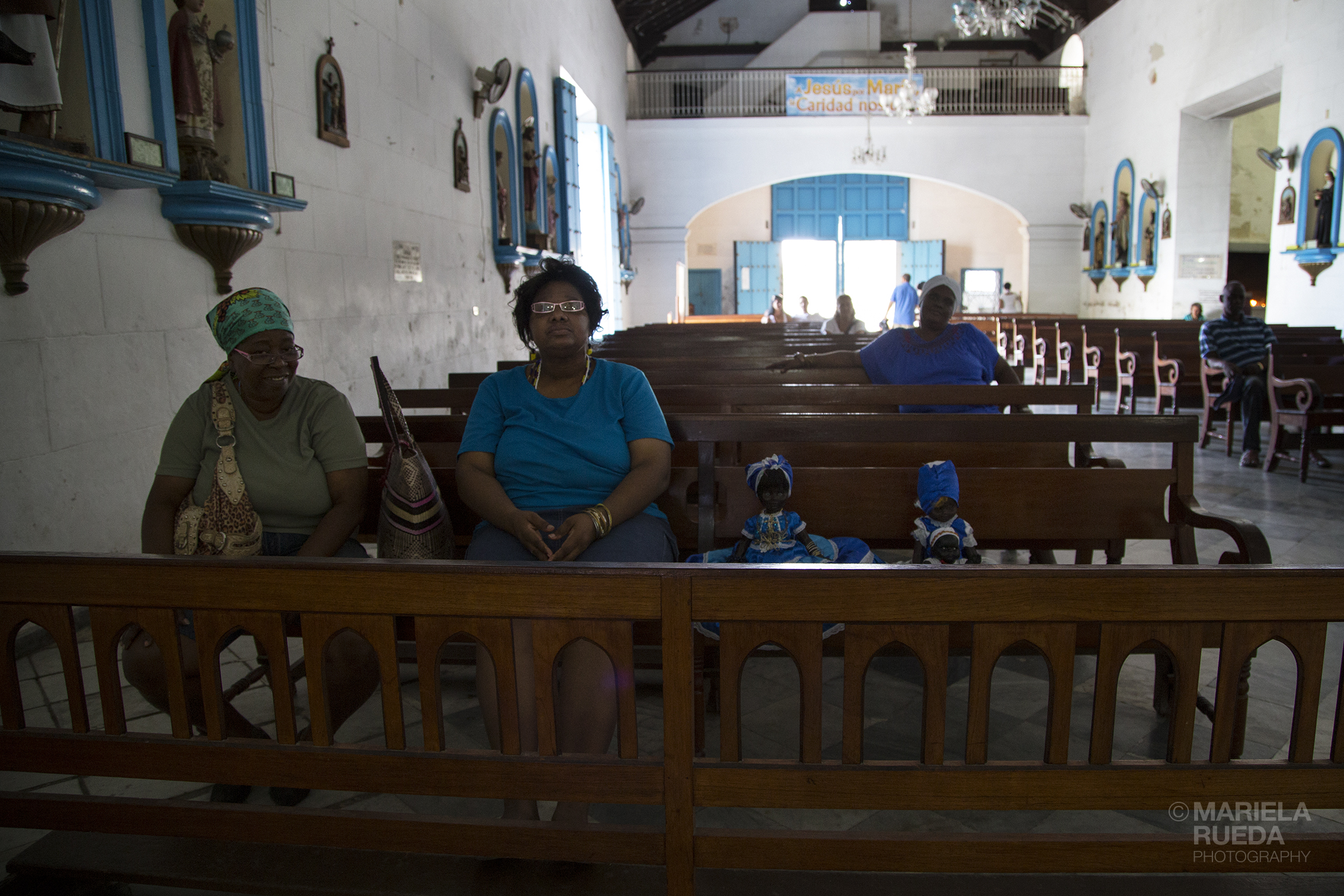
The Santeras go to the church of Regla to visit Yemaya, (Owner Of The Oceans ), that it also happens to be The Virgin of Regla. Yemaya is one of the most important deities of Ocha Religion or Santeria.
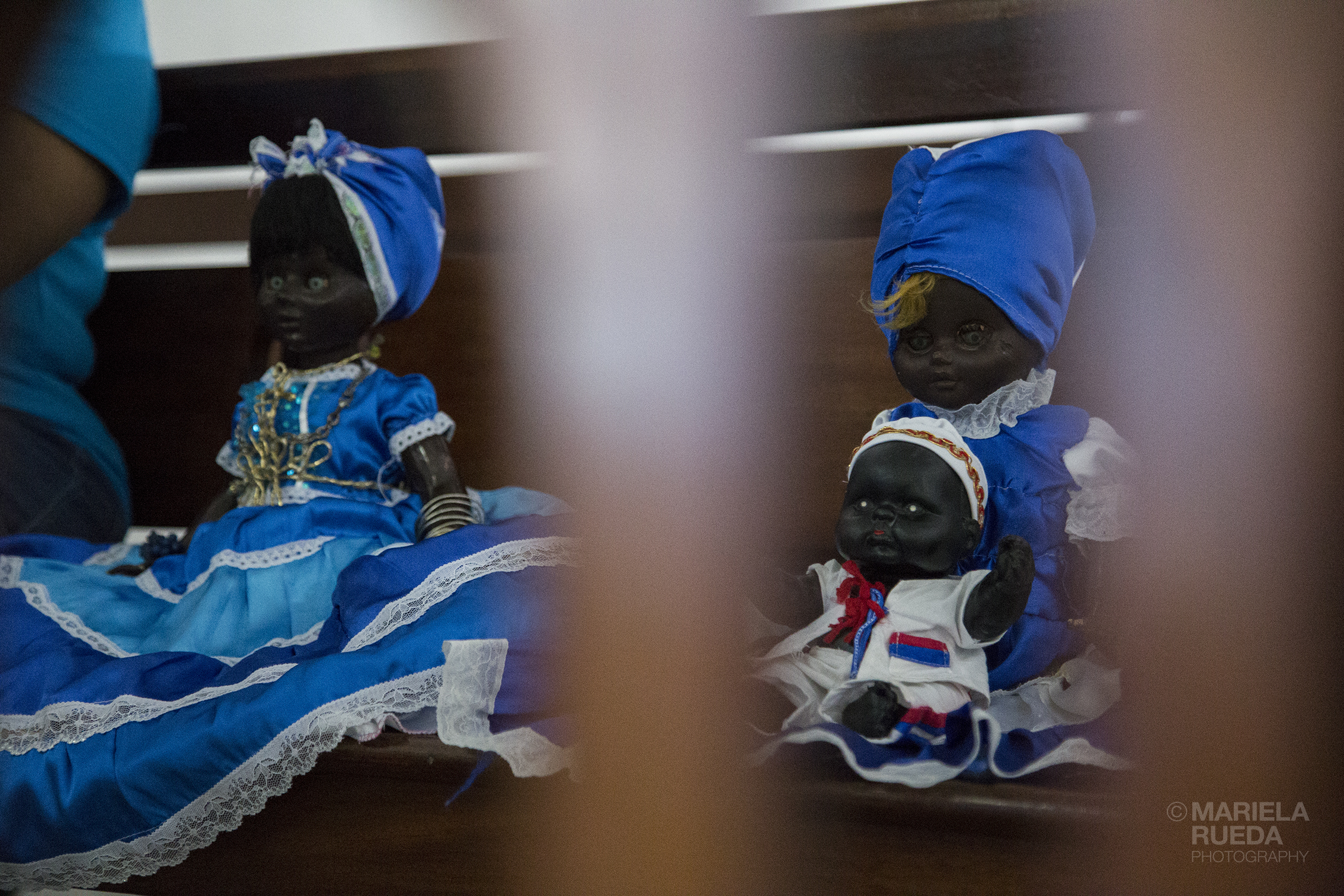 The Santeras said that their Orishas (the dolls) were talking to them. The Santeras claimed that their dolls said that they were very happy because someone was taking them pictures, and in deed, it was the first time they (the dolls) went out of home to go to visit Yemaya.
The Santeras said that their Orishas (the dolls) were talking to them. The Santeras claimed that their dolls said that they were very happy because someone was taking them pictures, and in deed, it was the first time they (the dolls) went out of home to go to visit Yemaya.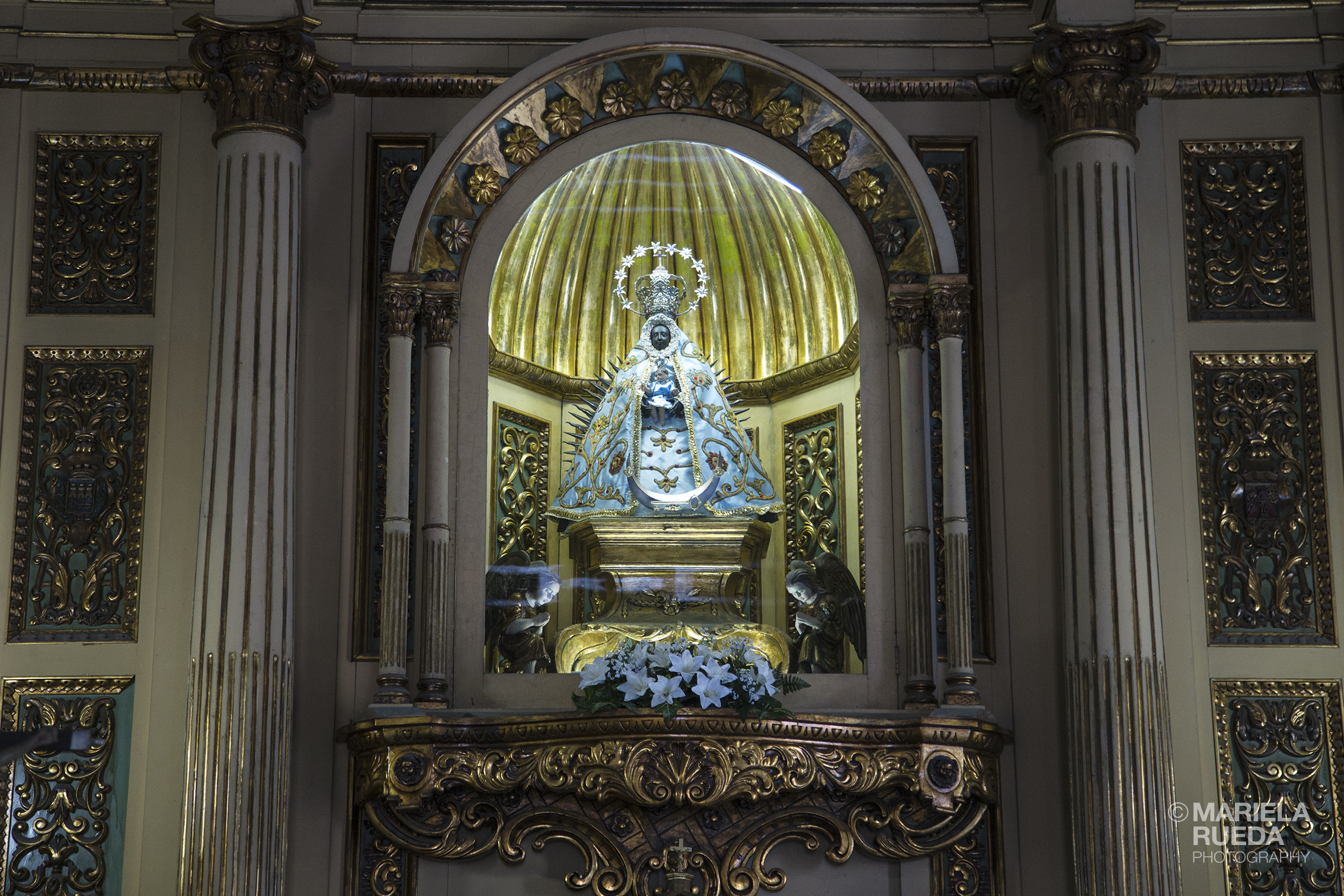
Virgin of Regla (for Catholics) also called Yemaya (Owner Of The Oceans) in the religion of Ocha or Santeria. (Town of Regla, Cuba)
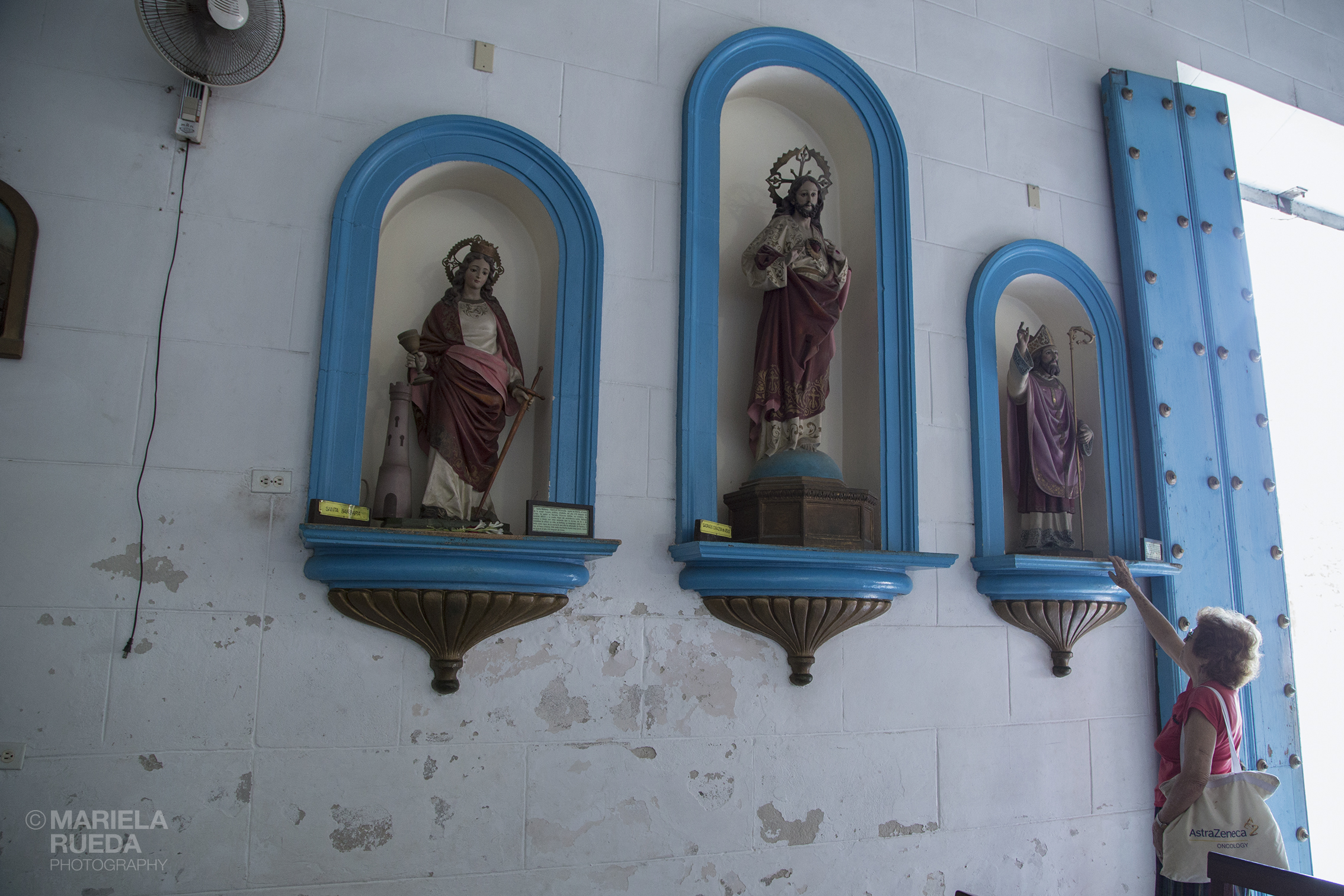
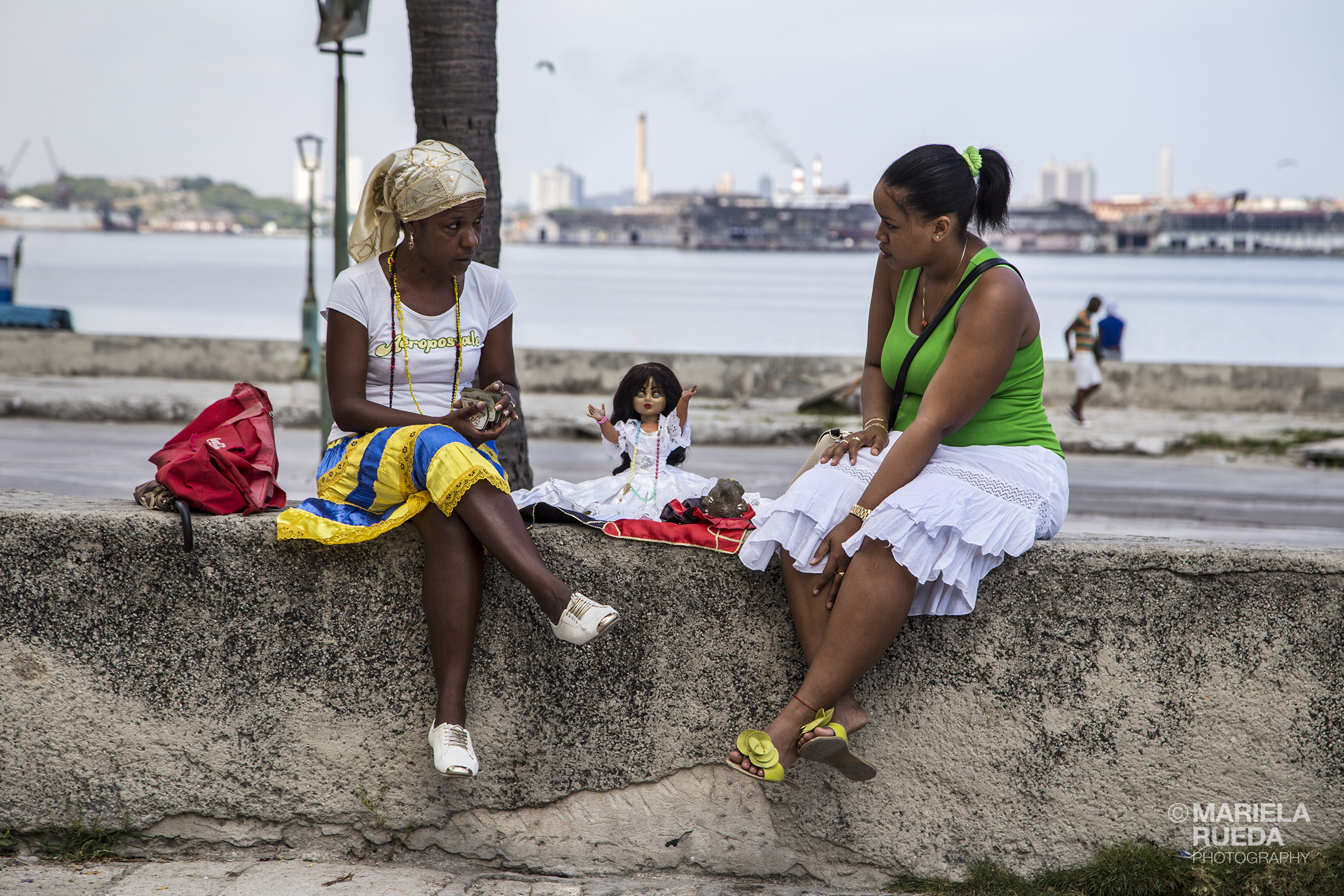
Spanish cards reading. (Town of Regla, Cuba)

Altar in the house of a Santera. She explained that Yemaya (one of their major deities) lives in one of the pots, and the other objects (the maraca, the toy plane, etc.) are offerings requested by Yemaya.(Town of Regla, Cuba)

Santera praying in the town of Regla, Cuba.

Elegua is the owner of roads and destiny, His name means "messenger prince" Elegua receives offerings of smoked fish, roasted corn, coconut, palm oil, brandy and sweets of all kinds. (Town of Regla, Cuba)

Santera in the town of Regla, Cuba.

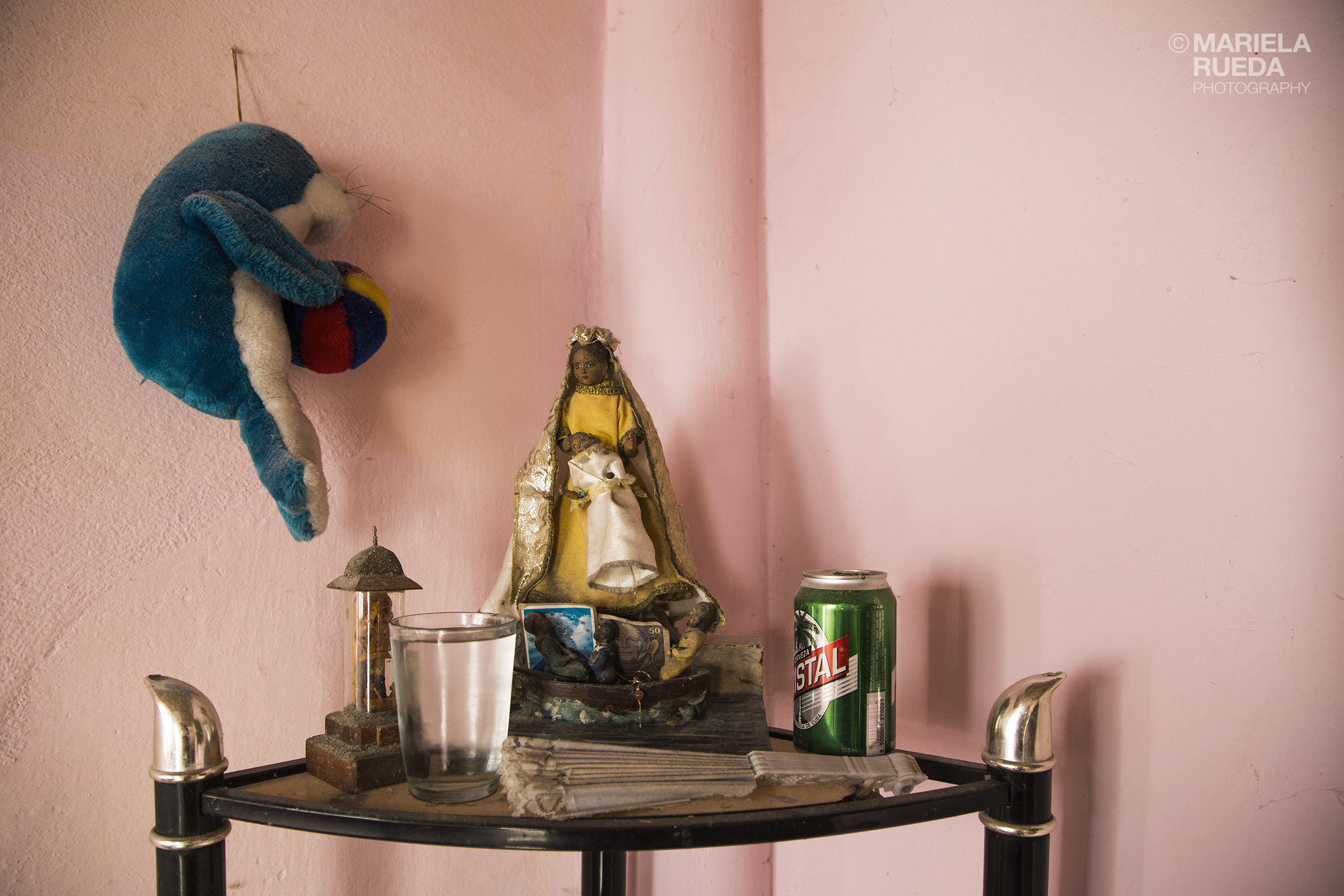
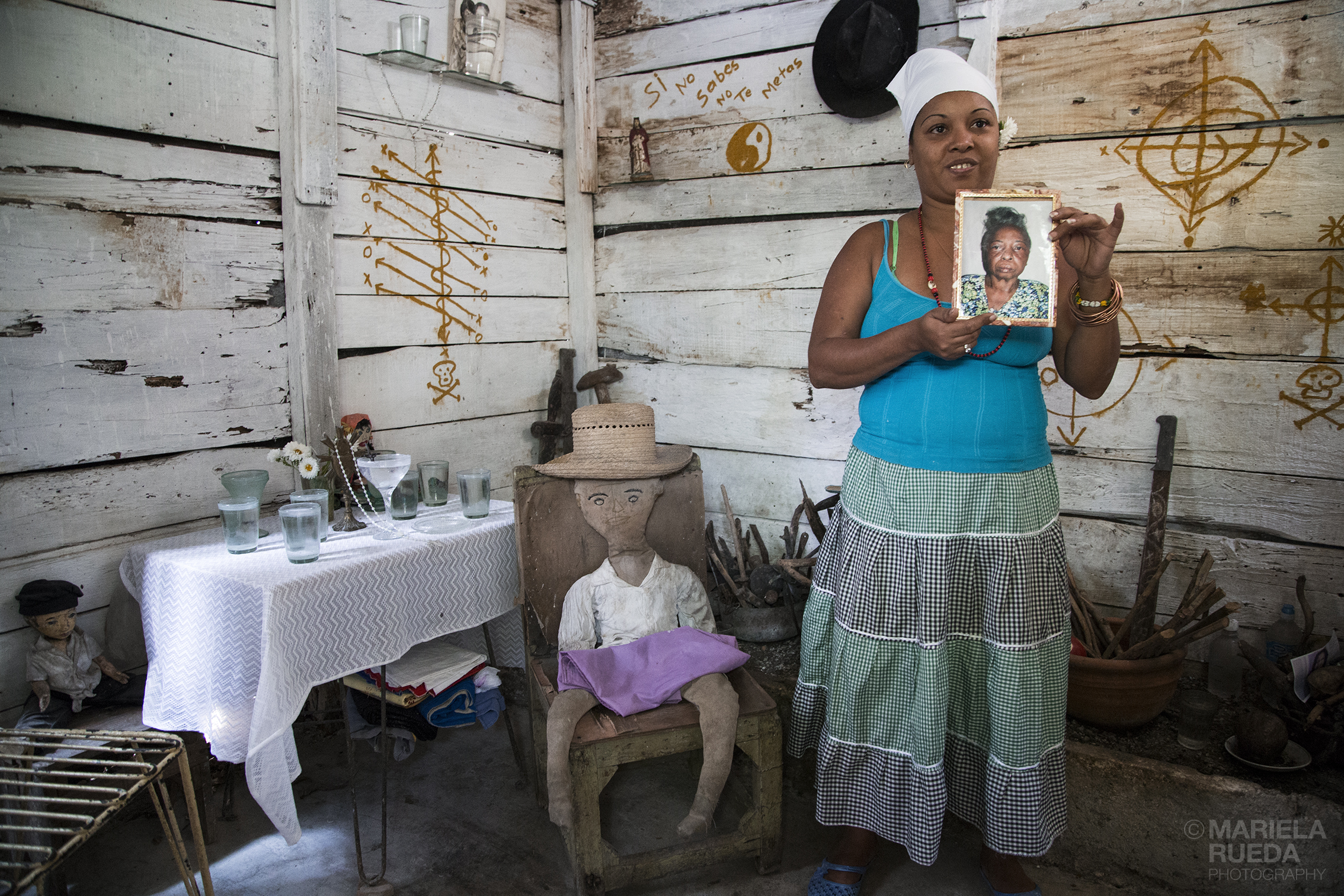
In the town of Regla there are very well-kown Santeras, such as Irita, who inherited all the knowledge from her mother. Irita practices Santeria to help people clean their energy.

Irita prepares to “clean” a client. She works in a separate room in the backyard wich has everything she needs.(Town of Regla, Cuba)

The cigar smoke is used to purify the atmosphere before the ceremony of the "cleaning"(despojo)Town of Regla, Cuba.

Irita prays while cleaning the bad energy from her client. (Town of Regla, Cuba)
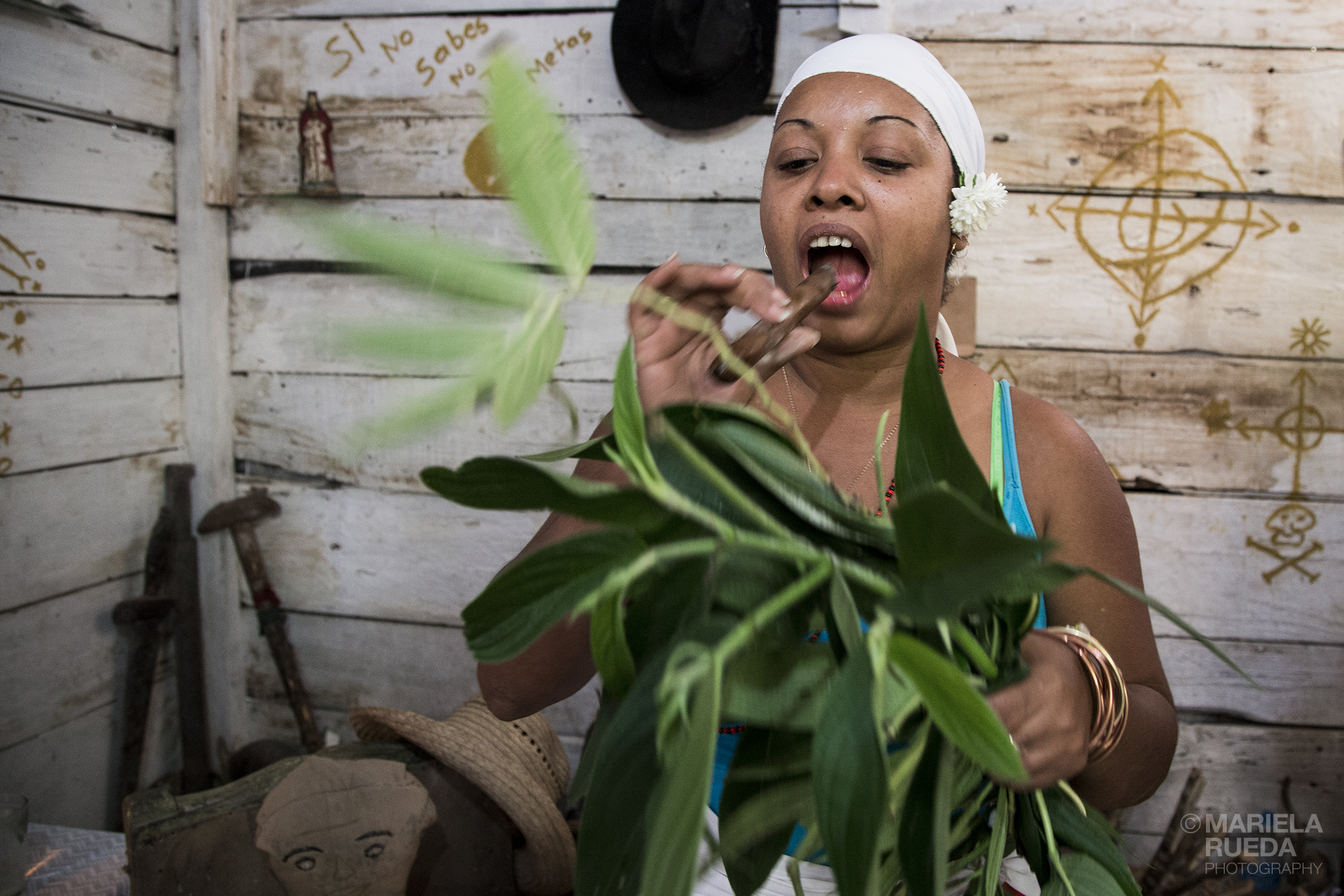
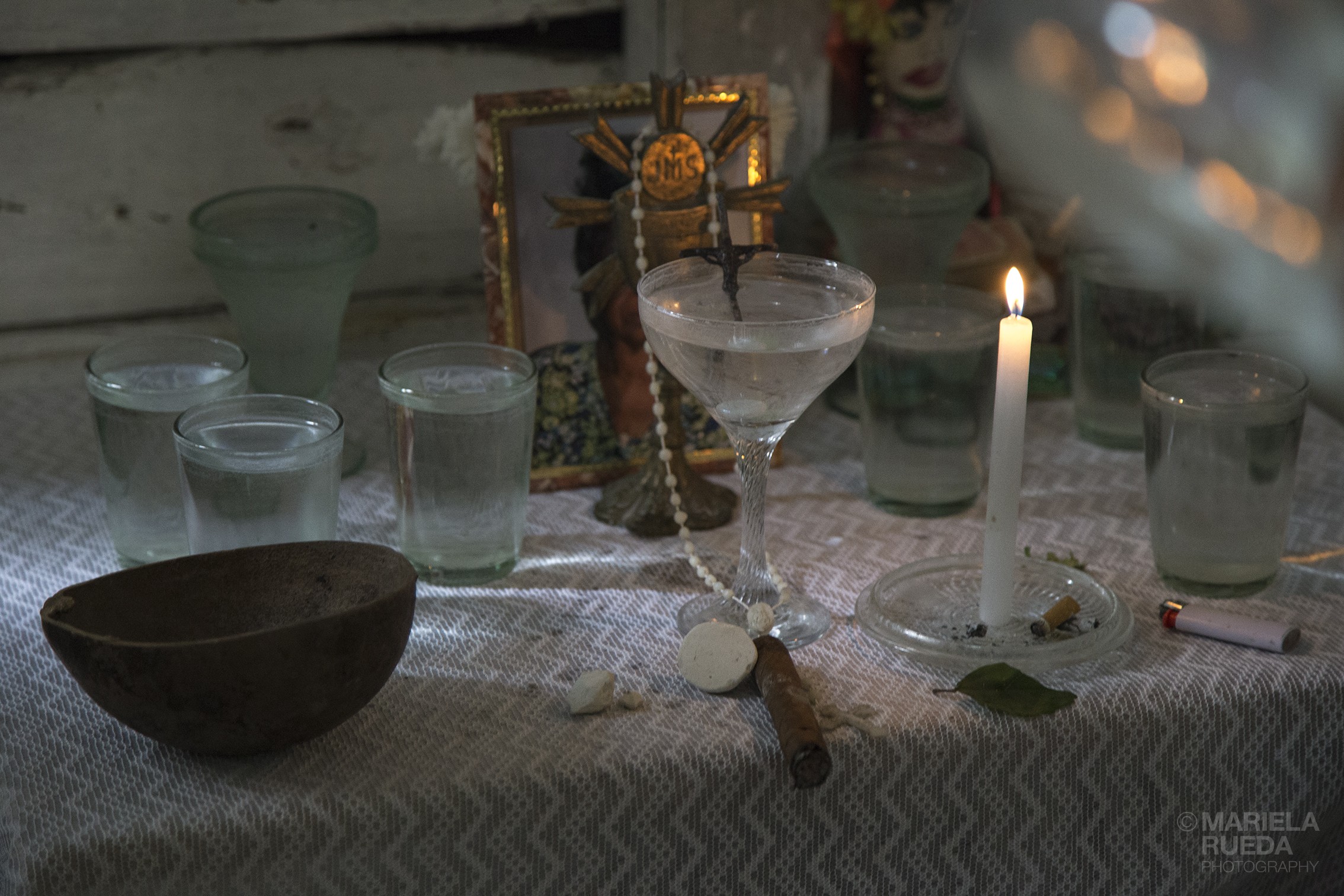
The table where Irita (Santera) has everything she needs to "clean" (Town of Regla, Cuba)

Altar in Irita's room (Santera)
(Town of Regla, Cuba.)
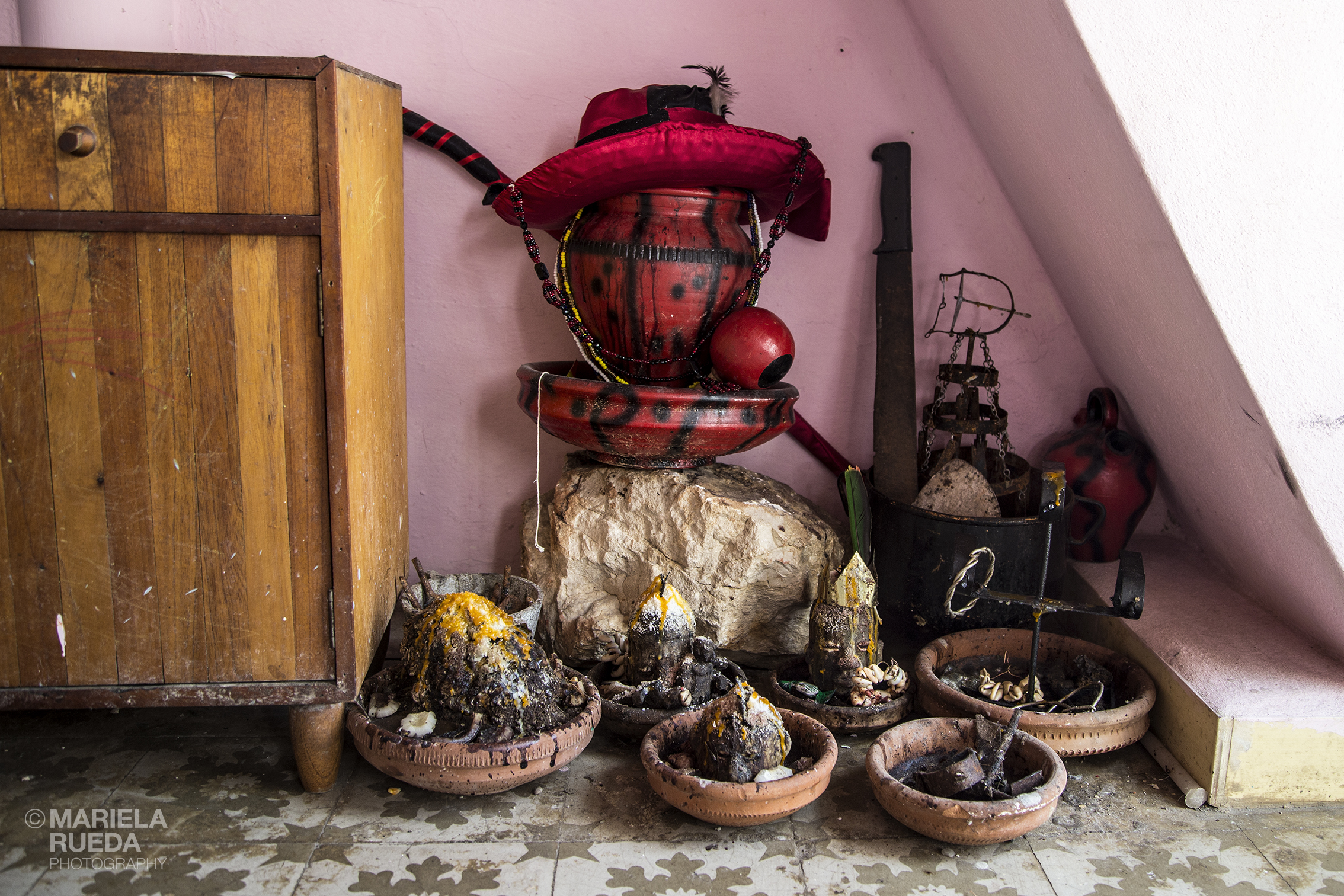
In some homes where the family practice Santeria, is common to see that each member of the family has his or her own altar for their Orisha, but also they can share just one. It must be set in a place in the house where all the family coexists. (Town of Regla, Cuba)
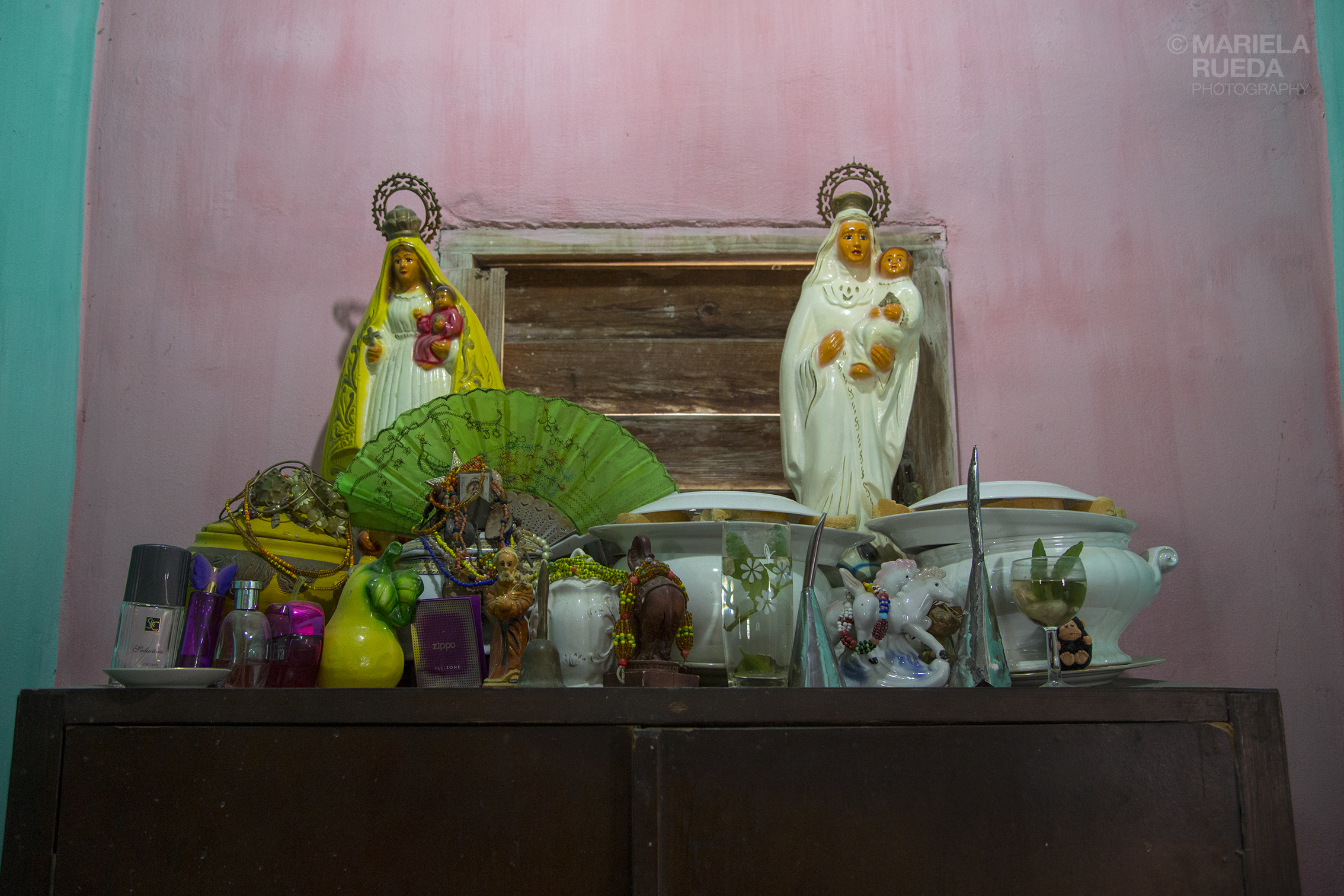
Altar with offerings of various objects and food (bread). Town of Regla, Cuba.

"Tomasa" wearing symbols of Catholicism and Santeria. (Town of Regla, Cuba)
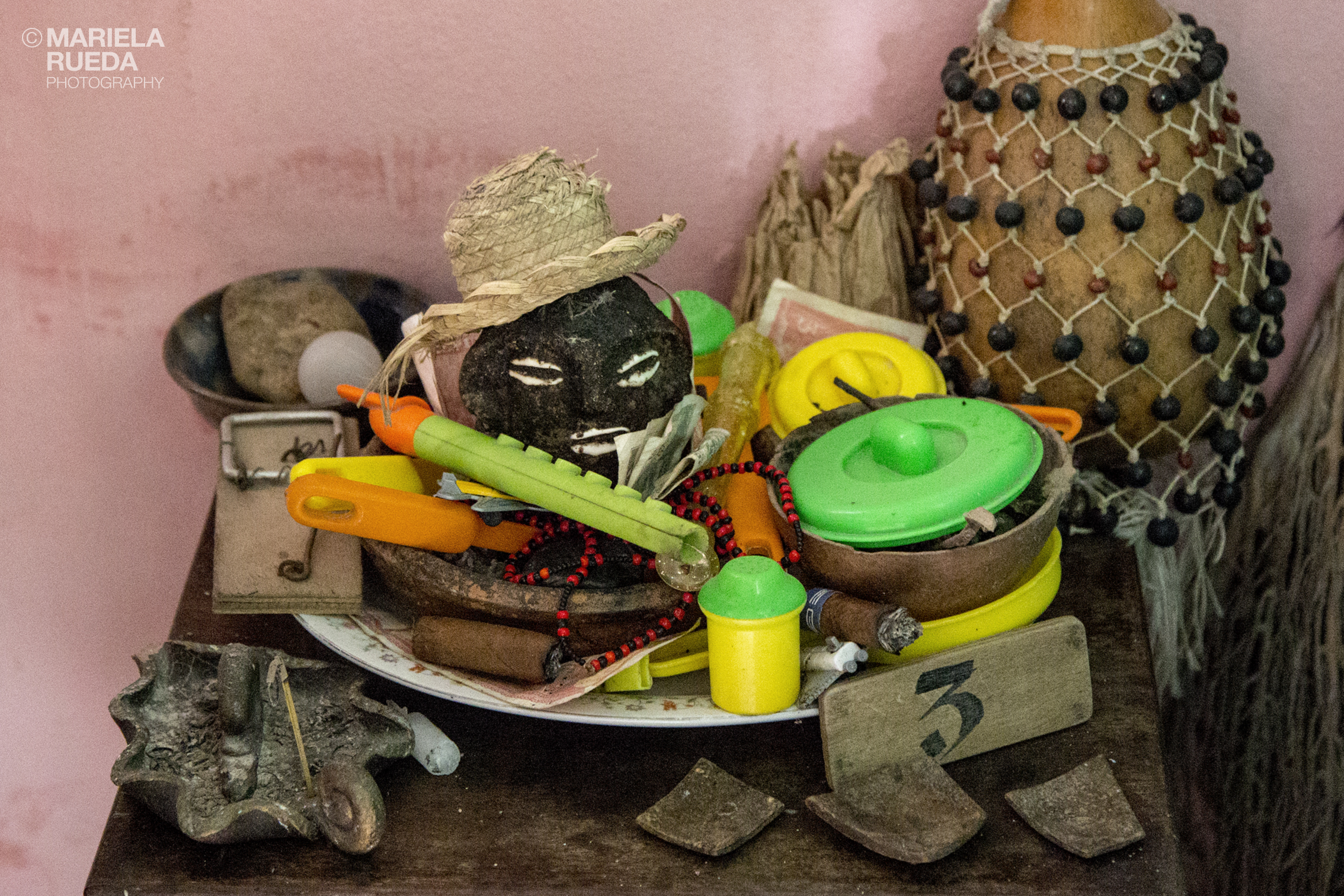
In Santeria, every Saint has a color, a element, tools, tastes and preferences. The Santeras ensure that the Orisha asks for what he or she wants. (Town of Regla, Cuba)
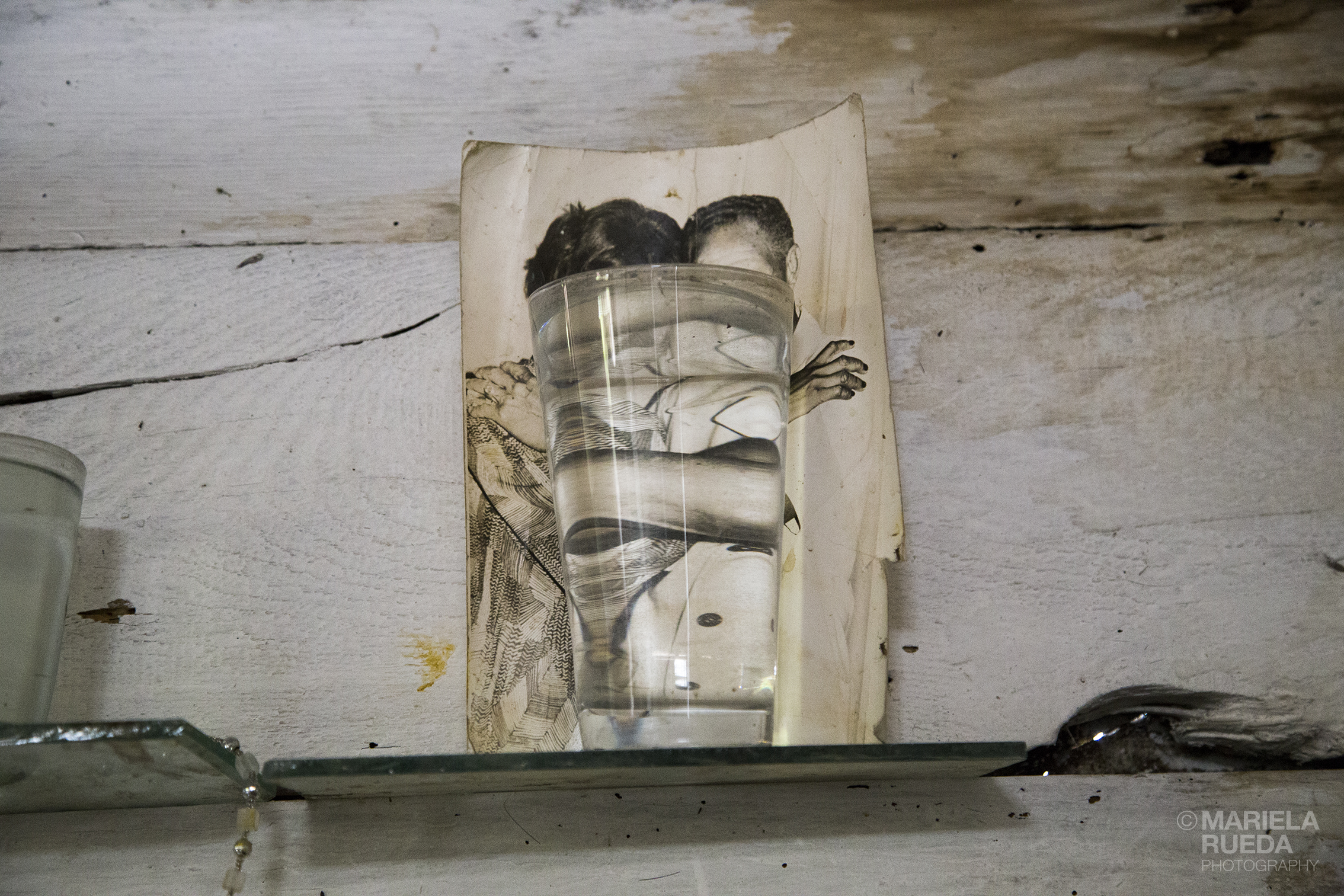
︎ home